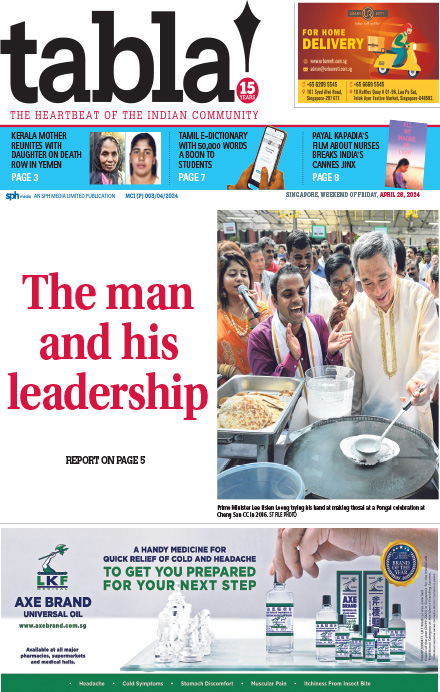Growing up, Guneeta Singh Bhalla heard her grandmother describe how she crossed into newly-independent India from Pakistan in 1947 with her young children, witnessing horrific scenes of carnage and violence that haunted her for the rest of her life.
Those stories were not in Ms Bhalla's school textbooks, so she decided to create an online history.
The 1947 Partition Archive contains about 10,500 oral histories - the biggest collection of Partition memories in South Asia.
"I didn't want my grandmother's story to be forgotten, nor the stories of others who experienced Partition," said Ms Bhalla, who moved to the United States from India at age 10.
"Despite all its faults, Facebook is an incredibly powerful tool. The archive was built off people finding us on Facebook and sharing our posts, which improved our reach."
There are dozens of groups on Facebook and Instagram, as well as YouTube channels, that tell the stories of Partition survivors and their occasional visits to ancestral homes. These rack up millions of shares and views and emotional comments.
"Such initiatives that help document the experiences of Partition serve as an antidote to the charged political narratives of the two states," said Ms Ayesha Jalal, a South Asian history professor at Tufts University in the US.
"They help to alleviate the tensions between the two sides and open up channels for a much-needed, people-to-people dialogue."
While digital archives preserve cultural heritage, Project Dastaan (Urdu for story) uses virtual reality (VR) to document accounts of Partition survivors and enable them to revisit their place of birth.
"VR isn't like film - there is a level of immersion and engagement that creates empathy and has a powerful impact," said founder Sparsh Ahuja, whose grandfather migrated to India as a seven-year-old during the Partition.
"People really feel like they are transported to the place."
Using volunteers in India and Pakistan to locate and film places - which have changed dramatically over the decades - Project Dastaan aimed to connect 75 Partition survivors with their ancestral homes by the 75th anniversary this year.
But pandemic restrictions meant they could complete only 30 interviews since they began filming in 2019, said Mr Ahuja.
"When visa policies improved, people could physically go and see places and people," he added.
"These connections wouldn't happen without technology, and VR has brought a whole new audience to the Partition experience."
Among the most popular YouTube channels on Partition is Punjabi Lehar (Punjabi wave) with about 600,000 subscribers.
Founder Lovely Singh, 30, part of the minority Sikh community in Pakistan, estimates the channel has helped about 300 individuals reconnect with family and friends.
Earlier this year, Punjabi Lehar's video of an emotional reunion between two elderly brothers separated during Partition quickly went viral, drawing widespread praise.
"If we can help connect more people, maybe there will be less tension between the two countries," said Ms Singh.
"This is how my children are learning about the Partition."
Thomson Reuters



